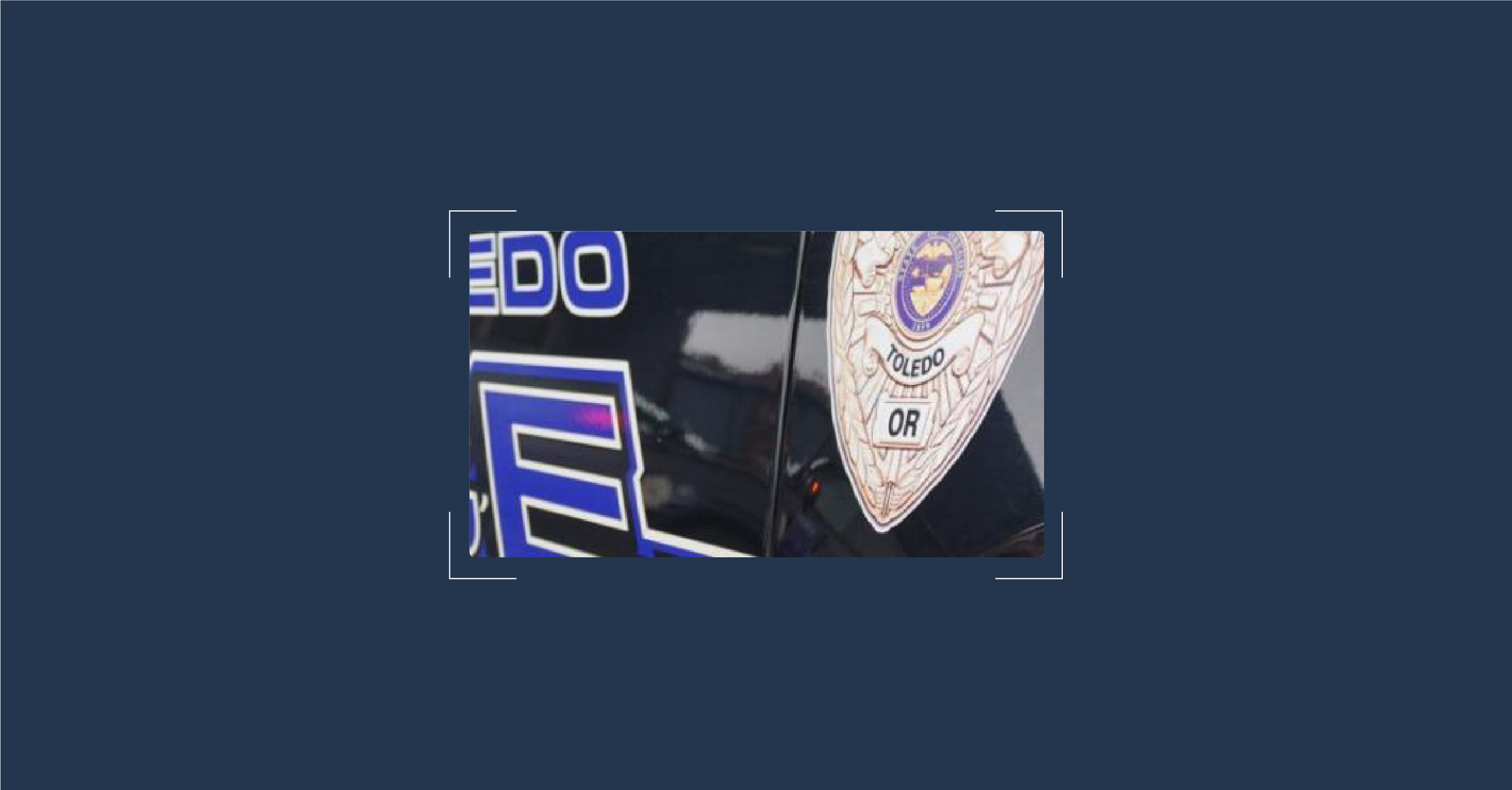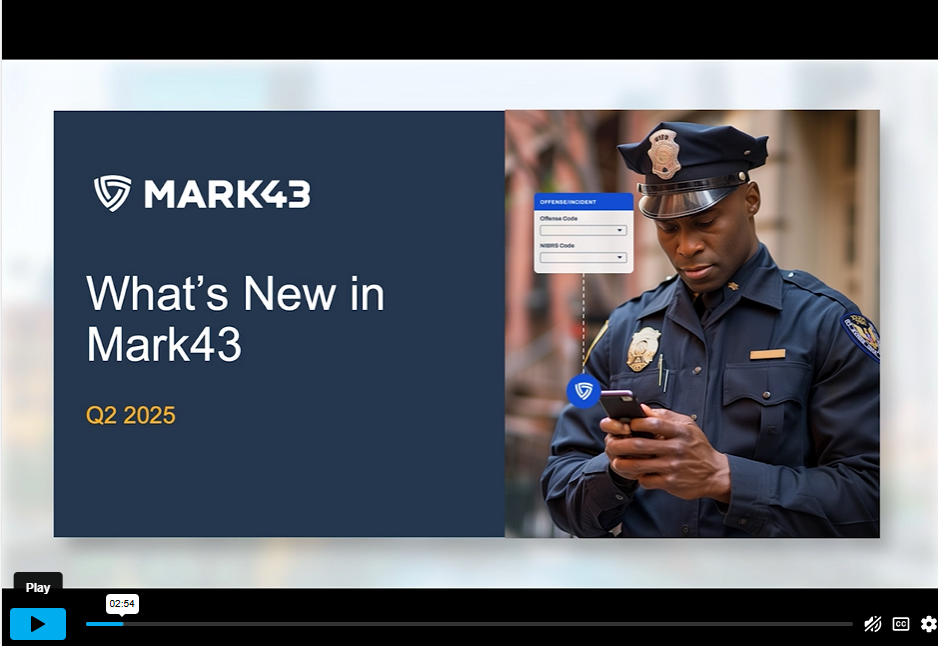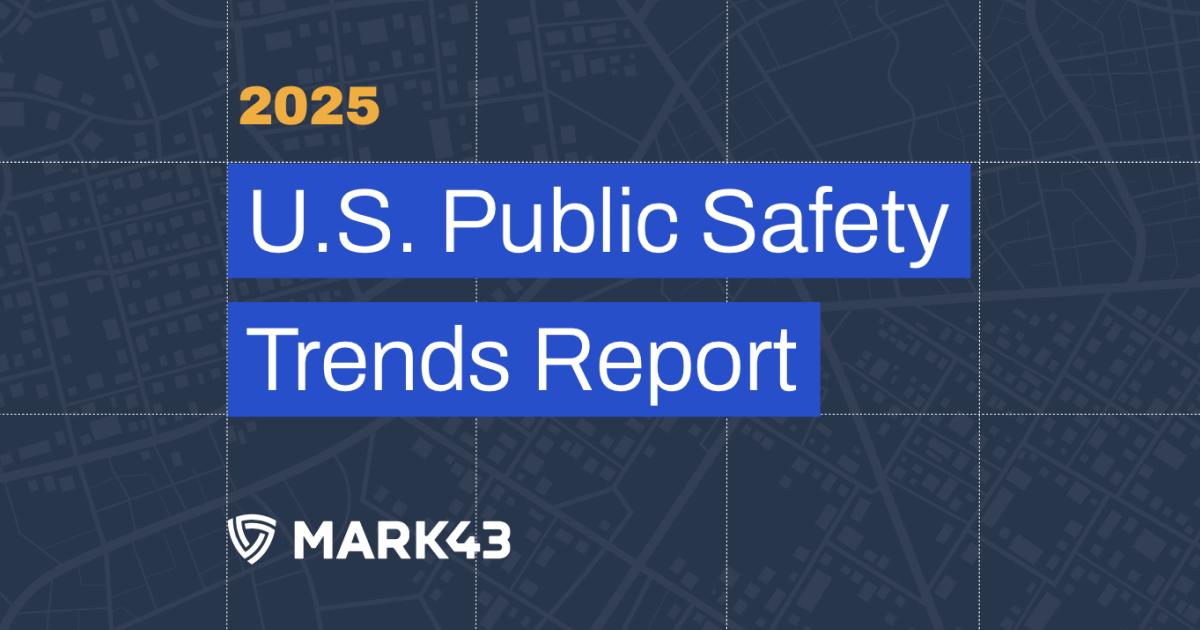
In the ever-evolving world of public safety, the effectiveness and efficiency of Computer-Aided Dispatch (CAD) systems are paramount. For decades, legacy CAD systems have served as the backbone for emergency response coordination. However, with the rapid advancements in technology, these legacy systems are increasingly showing their age. Understanding the current landscape of these systems, the evolution of modern CAD solutions, and the importance of choosing the right vendor is crucial for agencies looking to enhance their operations.
The Current Landscape of Legacy CAD Systems
CAD systems have been around since the 1970s, initially replacing manual call logs to improve call handling and resource allocation. However, many of these systems are now outdated, plagued by several limitations. Amy Moulton, Principal Solutions Engineer at Mark43 and former telecommunicator with ten years emergency communications expertise, highlighted, “legacy systems often suffer from high maintenance costs, limited integration capabilities, and significant security vulnerabilities.” Legacy CAD systems were designed in an era where technological demands were far less complex than today. Their reliance on servers limits their ability to transmit real-time data to units in the field. These legacy CAD systems are no longer able to best serve the needs of today’s agencies.
66% of first responders reported experiencing dispatch outages due to legacy systems
2024 U.S. Public Safety Trends Report
The Evolution of Modern CAD Systems
The evolution of CAD systems has been significant, driven by the need for greater efficiency, reliability, and adaptability. The 1980s saw the introduction of Enhanced 911 (E911), allowing dispatchers to see the caller’s location automatically. By the 1990s, Geographic Information Systems (GIS) were integrated, providing dispatchers with digital maps to visualize incident locations.
The turn of the millennium brought the introduction of Mobile Data Terminals (MDTs), enabling real-time information sharing between dispatchers and first responders. The most transformative change came in the 2010s with the transition to cloud-based CAD systems. Cloud-native solutions like the Mark43 CAD, designed from the ground up for the cloud, offer scalability, real-time performance, seamless integration, and mobile compatibility.
“Legacy CAD systems often suffer from high maintenance costs, limited integration capabilities, and significant security vulnerabilities.”
Amy Moulton, Principal Solutions Engineer, Mark43
How to Select the Best Vendor for Modern CAD Systems
When selecting a new CAD vendor, it’s important to choose one that not only supports but excels in modern technology. Kristin Fetterling, Regional Practice Lead at Mark43, and former communications manager with over 15 years of telecommunicator expertise, shared her experience with moving to a modern CAD system: “We didn’t want to stay with an old, 30-year-old product…We wanted something that was going to progress as fast as law enforcement was progressing.” When choosing a CAD vendor, it’s imperative to think about the following points.
- Innovation and Security: Modern CAD systems must prioritize security and regular updates. Fetterling noted the importance of a vendor that can “constantly be looking ahead to the future of 911 and law enforcement, and plan to be on that cutting edge.” A cloud-based infrastructure offers robust security features, including encryption for data at rest and in transit, as well as regular, seamless updates to keep the system current and secure.
- User-Friendly and Scalable: The system should be intuitive and scalable. Training and ease of use are critical for ensuring that new users can quickly adapt and become proficient. “Is the system easy to use, is it easy to train on?” Fetterling posed these essential questions, highlighting the need for a user-friendly interface that can be customized to meet the specific needs of each agency.
- Strong Partnerships and Support: A good vendor relationship is vital. Agencies need a vendor that offers 24/7 support and proactive communication. As Fetterling stated, “I needed to know that we could call in the middle of the night at 3 AM if something happened and we would get someone who would answer the phone and work through our problem.” This level of support ensures that any issues can be promptly addressed, minimizing downtime and maintaining operational efficiency.
- Anticipating Change: Vendors should be thought leaders who can anticipate and adapt to regulatory changes and evolving needs. Moulton mentioned the importance of choosing a vendor who can “anticipate that change and stay ahead of it.” This proactive approach helps agencies stay compliant with new regulations and adopt new technologies seamlessly.
“We didn’t want to stay with an old, 30-year-old product…We wanted something that was going to progress as fast as law enforcement was progressing.”
Kristin Fetterling, Regional Practice Lead at Mark43
Looking to the Future
The shift from legacy to modern CAD systems is not just a technological upgrade but a transformation in how public safety agencies operate. Modern CAD systems offer unparalleled advantages in security, scalability, user-friendliness, and support. Choosing a vendor that excels in these areas, like Mark43, ensures that agencies are not only equipped to handle today’s challenges but are also prepared for the future. As public safety continues to evolve, so must the systems that support it, ensuring that every call for help is met with the utmost efficiency and reliability.
Watch the recording to hear Amy and Kristen talk about the evolution of CAD systems and how to spot a vendor who supports modern CAD technology.








